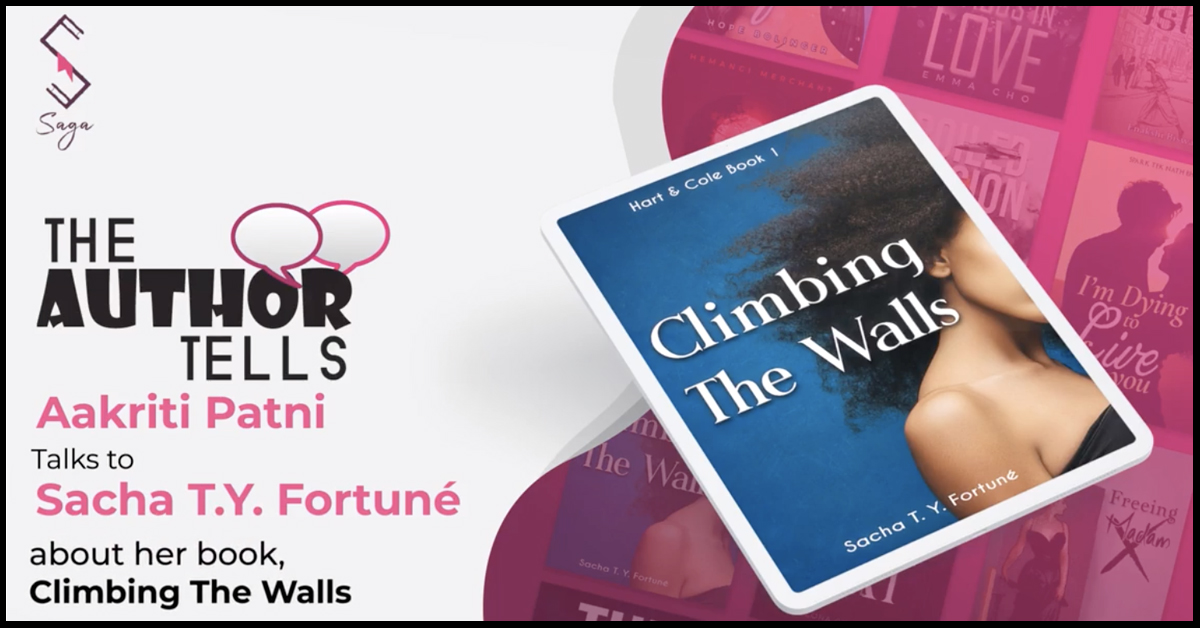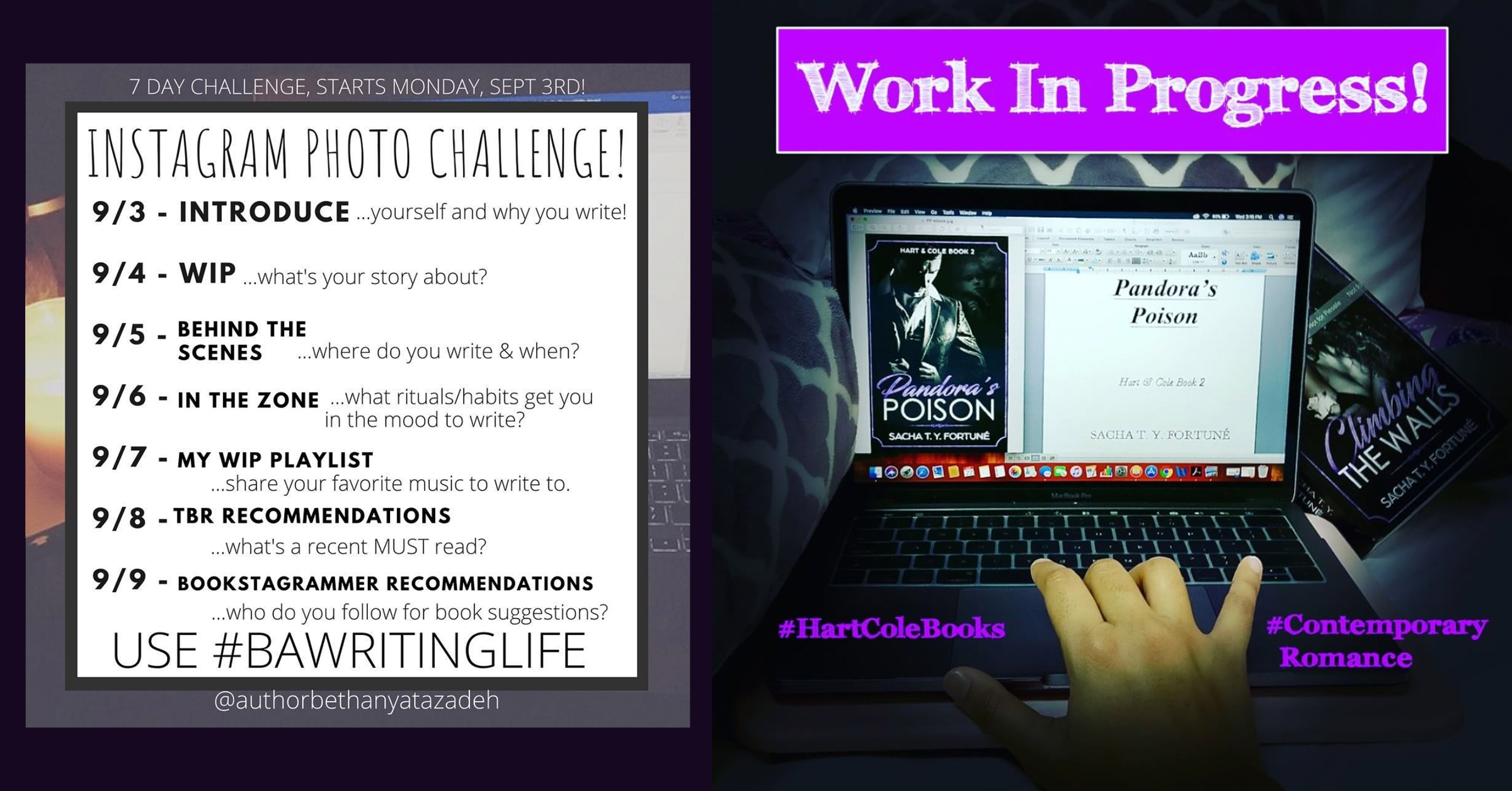Book Baby’s Makeover
I’ve been a published writer for 2+ years now.
I can’t believe it. Yup, my first book baby turned 2 years old recently, on July 28th.
In all fairness, I was hard-core for about 9 months after publishing, and then my zeal quickly tapered off when other life things took priority. So there’s been a long gap of doing very, very little writer-wise.
It took me awhile to get back to a project I had promised myself to do: editing and re-publishing Book 1 of my series, this time with a better plan for the re-release.
Why edit a book already published?
Well, for one thing, I didn’t become an overnight success with such an unwieldy tome.
Of course, publishing a novelette wouldn’t guarantee any more success, but I know that the size was off-putting to some readers — particularly book bloggers who have far too much on their plate to put that kind of faith in a new writer.
I’ve learnt so much since then, and grown so much as a writer even though I was “dormant” for part of the time.
I also read a lot, and found that there’s a sweet spot with reading — you want a book that feels like a full story, but doesn’t take over your entire life.
What’s new with this version?
Honestly, nothing fundamental.
You’d think that cutting from 555 pages to 385 pages (170 pages) would change the entire direction of the story, since that length of the difference is more than some people write for an entire book!
But… no.
That’s the beauty of editing. If you’re really, really, good at it, it can be seamless enough so that it’s barely noticeable.
I’m a good editor. Scratch that. I’m a flipping fantastic editor.
Problem is: you should NEVER edit yourself. I know this, though I did it again anyway.
Maybe I’m a different person two years later, though. Certainly, reading it over two years later, I saw a lot of things that irked me because they could have been so less verbose.
What was my process?
First, I evened it out a bit. I collapsed chapters into each other that seemed natural to fit together, and then looked for super long ones and cut those.
I got rid of a lot of white space, knowing that my “first pass” would look tight and busy, but then I could keep cutting a line here or there in the final edit.
I just finished this “first pass” a couple days ago, so I still have more editing to do so that chapters don’t end without sufficient breathing room.
Layout is a slippery beast — you want to be on top of that.
And I write a lot of dialogue, so that’s what I cut. A LOT of it. Entire scenes of it. Or huge chunks of it. From everywhere. I gave myself rules as I went along, like:
- Every paragraph on this page has to be one line less
- Every chapter ending with a half-page or quarter-page has to get rid of that extra bit
- Every chapter beyond 15 pages has to lose a page
…and so on.
If you’re disciplined like that, you’ll get there eventually.
How long did it take?
It took me a few weeks altogether. I started when I was on my super-megatrip cruise vacation in April-May 2019, where I had loads of free time with long sea days across the Atlantic, so I managed to ditch the bulk of it at 80-100 pages.
Then a trickle here and there where I ditched a page here and a page there over the course of several months (pregnancy and a new baby is a fabulous excuse for procrastinating!), and then finally a last burst of a push from 411 to 385 in the last few weeks since I moved out from where I was living and into my new home where I finally have the mental peace to focus on writing again.
So… yeah. It’s been QUITE the journey, but I’m here.
My 555 debut book monstrosity is now slim and sexy and a measly 385 pages long.
Why 385, you ask?
Well, because that was the number I had settled on for my other two books — Pandora’s Poison and Pandora’s Price. At the time, I kept those two at the exact page count because it is meant to be a 2-part read. So it seemed like a good number to aim for with Book 1 as well.
Plus, 385 is that aforementioned “sweet spot” for me.
What’s next?
Now that I’ve hit my desired page count, it’s not over just yet. Here’s what still lies ahead:
PRINT VERSION CLEANUP
I still have some more tightening to do to free up some white space for the print version. I ideally like my chapters to have at least a half or quarter page of breathing room in between. So there’s still quite a few lines to cut.
E-VERSION EDIT
Once I’m properly there with the print version, I have to set everything up for the e-version. This is time-consuming and painstaking. I just hope I’ve remembered the steps to link the chapters and add the cover and a million more things.
GET MY NEW COVER DONE
I just commissioned it a couple of days ago. I’m so excited. I’m using a similar image (same woman, same photoshoot) but adding some elements to show what the story is about.
GET MY NEW ISBN
You need this once you significantly edit a book’s page count. I requested this yesterday and should get it by next week. Whoop.
GET AMAZON TO TRANSFER MY REVIEWS
Gosh, I hope they do. It would be a shame to lose them. I hope my edit still counts as the same book, to them. It would be painful to start from scratch.
REMOVE MY OLD BOOK BABY
Sayonara, sucker. Your new version is slimmer and sexier now.
MARKET MY REVISED BOOK BABY
Yeah, I’m not looking forward to this. This is the absolute worst part.
LAUNCH
Currently targeting January 1st, so I have a few months to plan properly.
MARKET, MARKET, MARKET
Sigh. Yeah. Did I mention I hate this part?
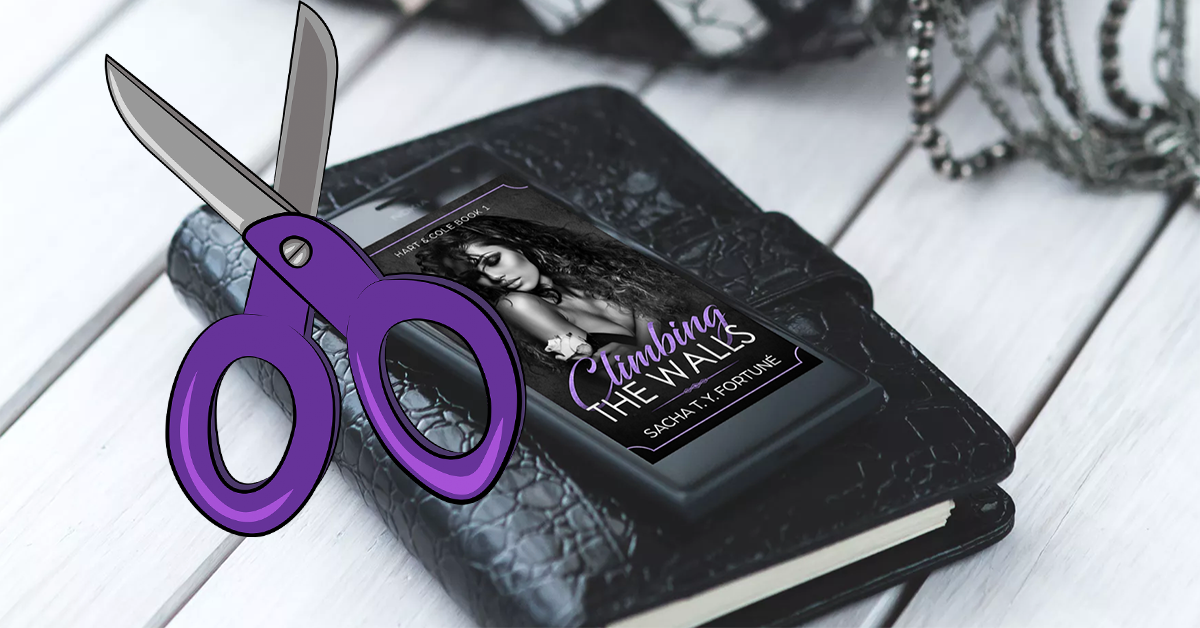
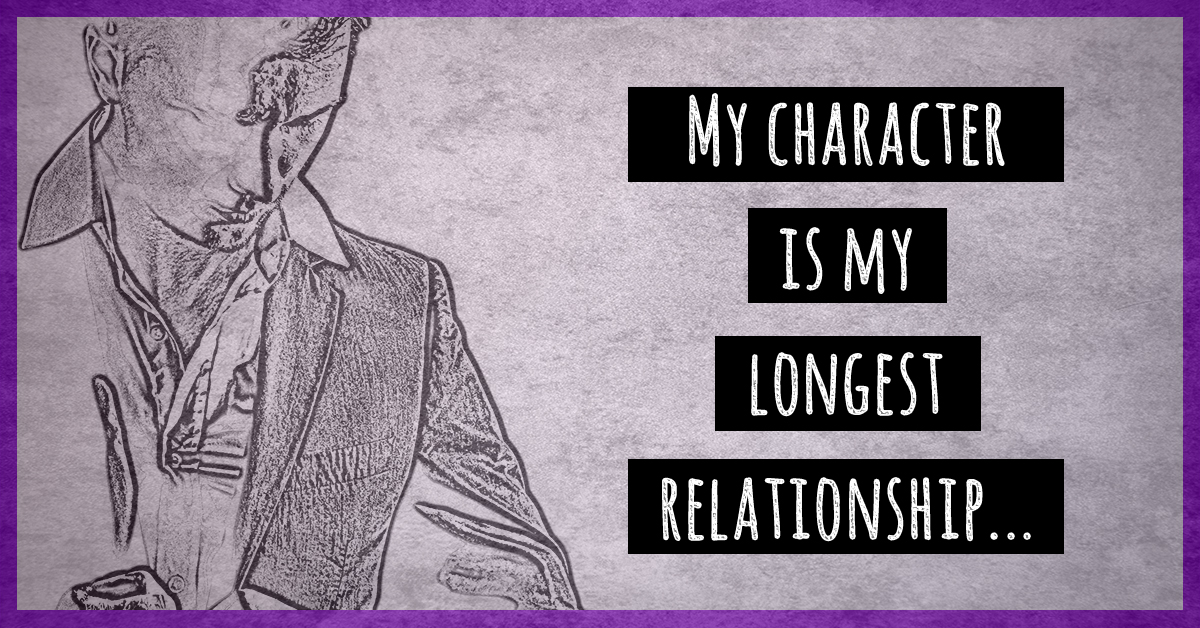
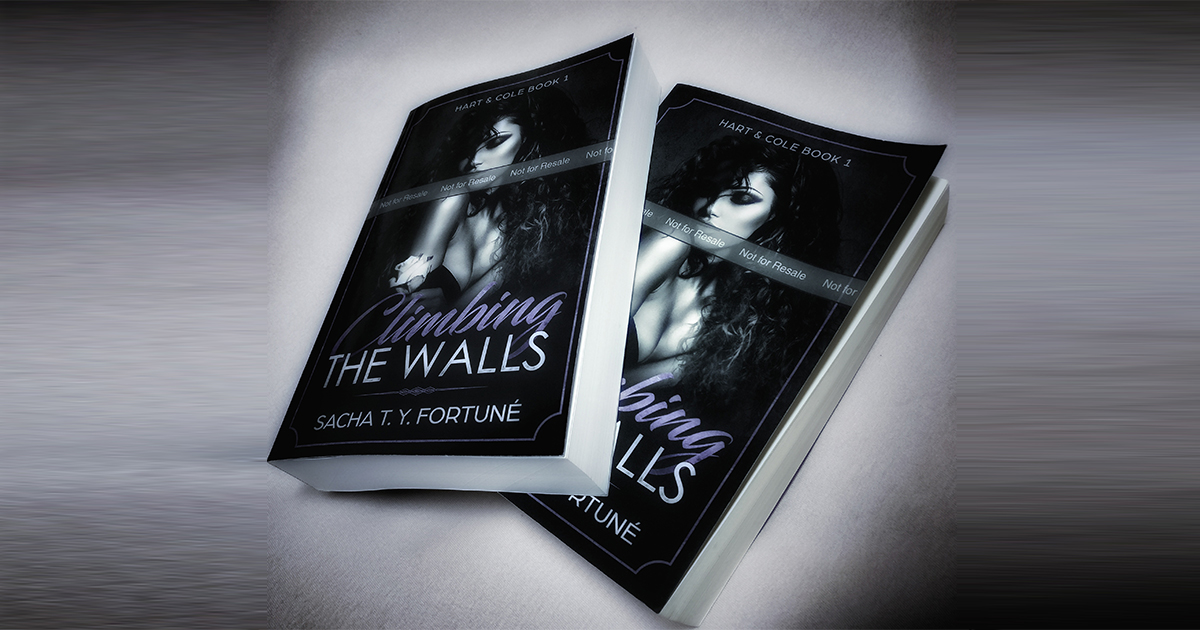
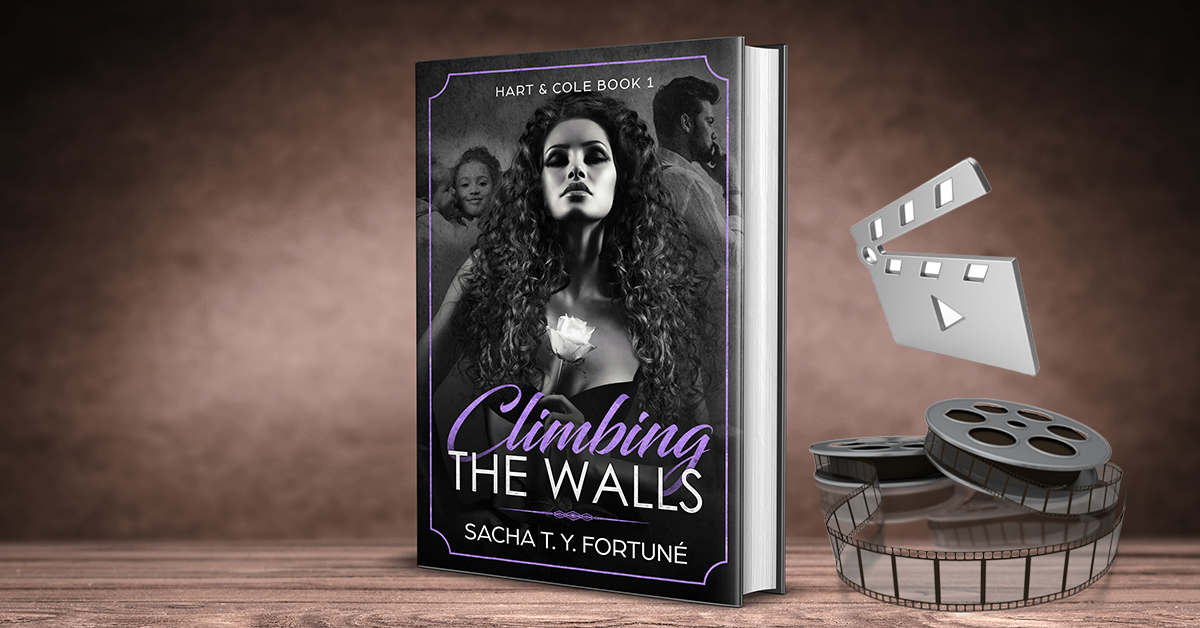
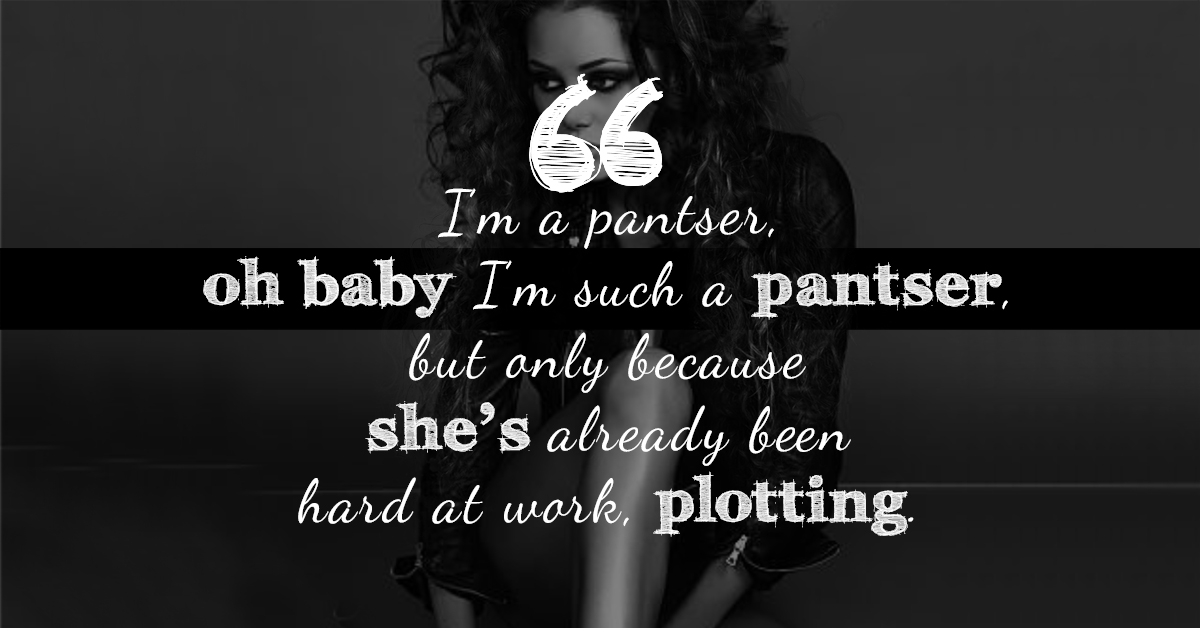

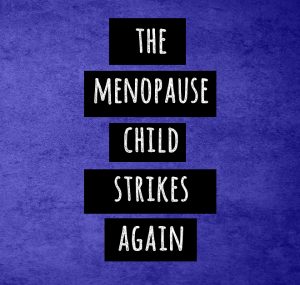
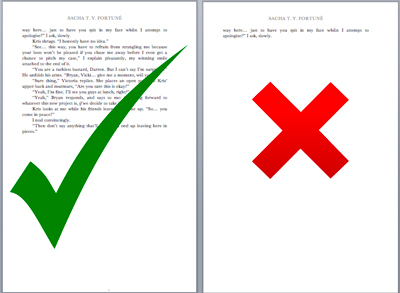
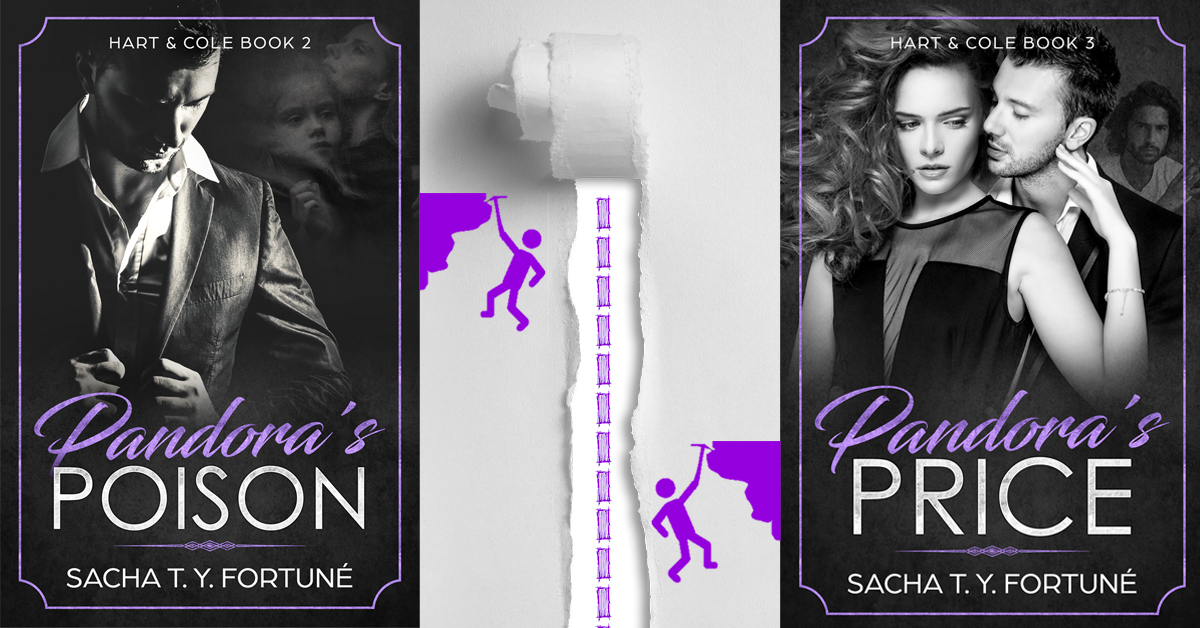

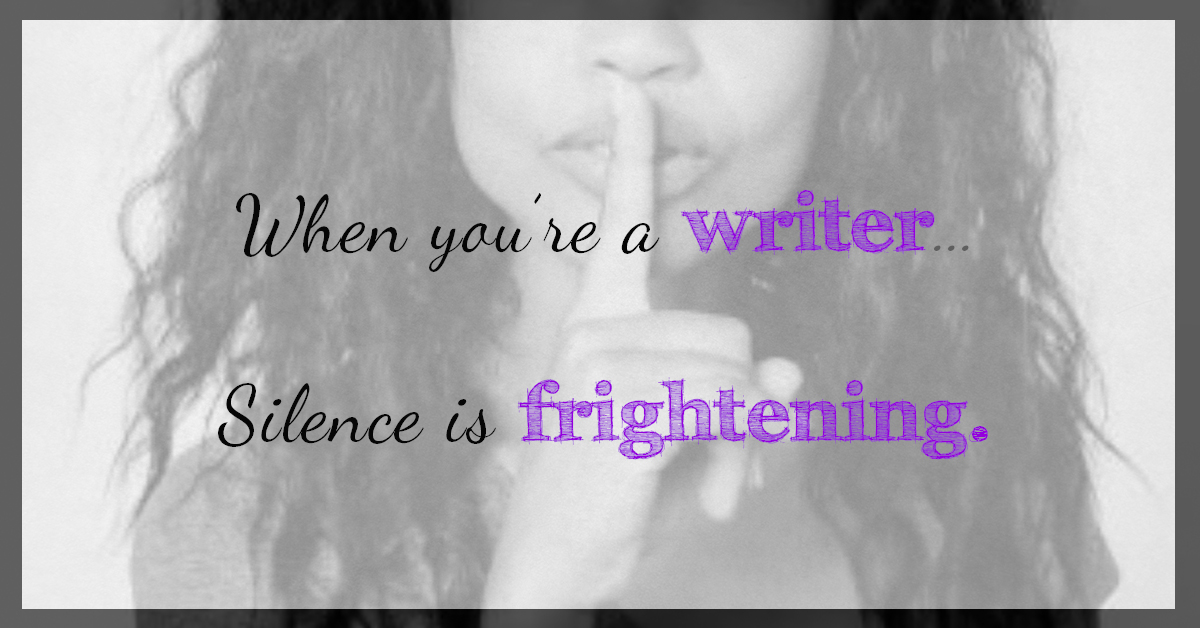
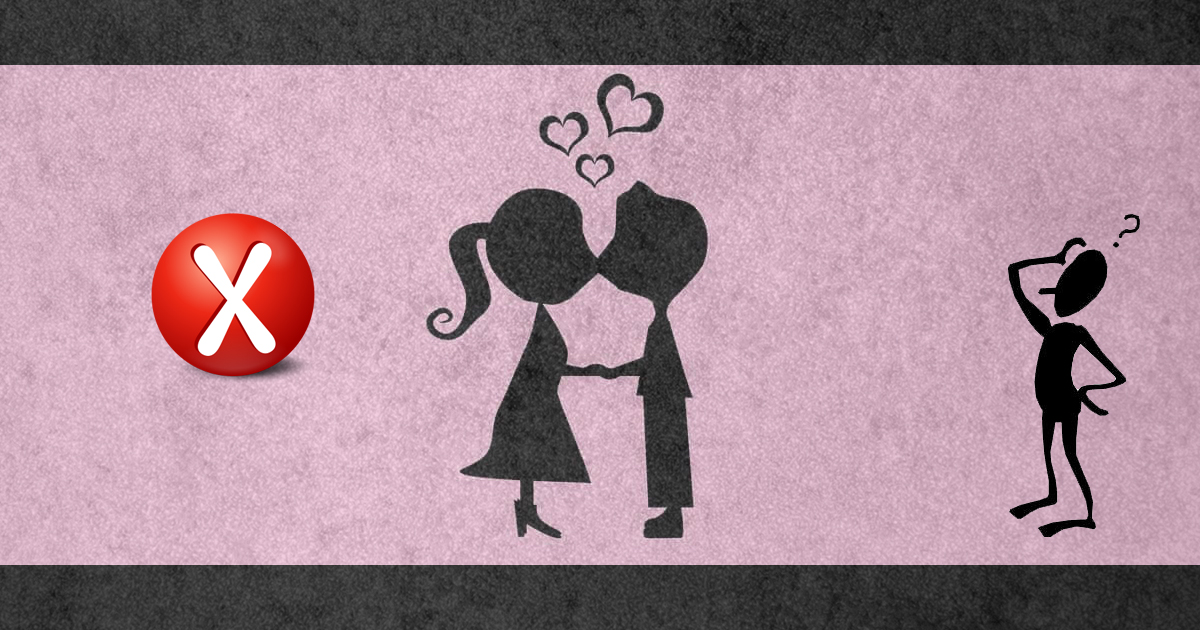
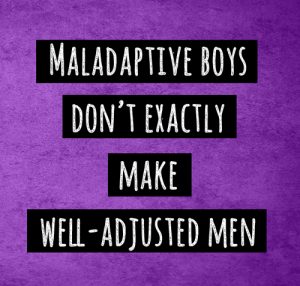 I don’t want to give away spoilers — particularly when I’m not entirely sure when
I don’t want to give away spoilers — particularly when I’m not entirely sure when 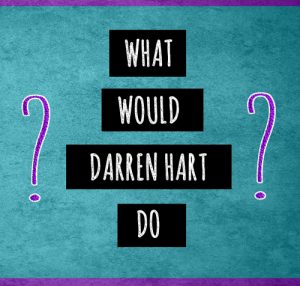
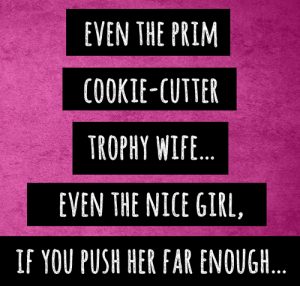 I began with the premise, and I used the premise to help with the foreshadowing of events to come.
I began with the premise, and I used the premise to help with the foreshadowing of events to come.